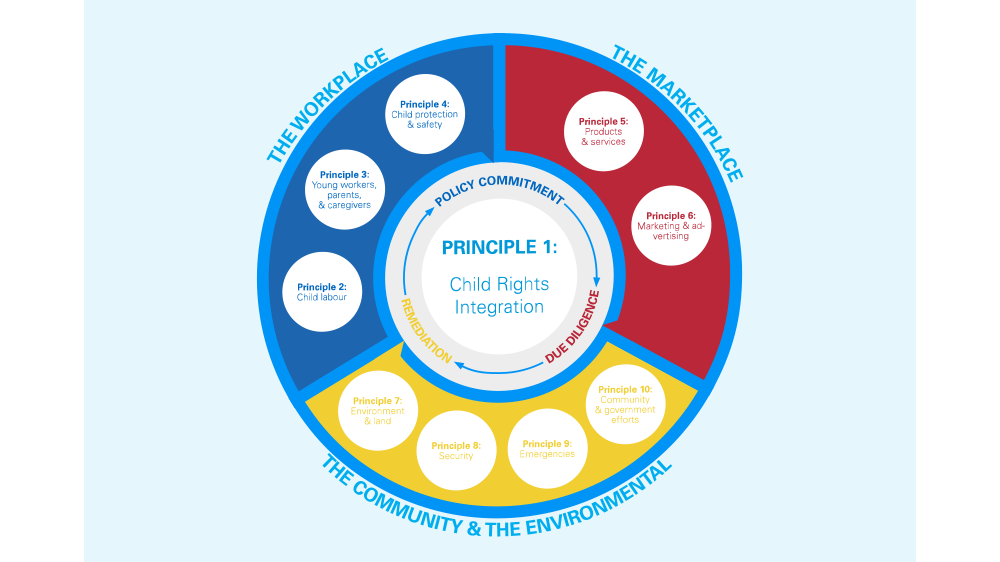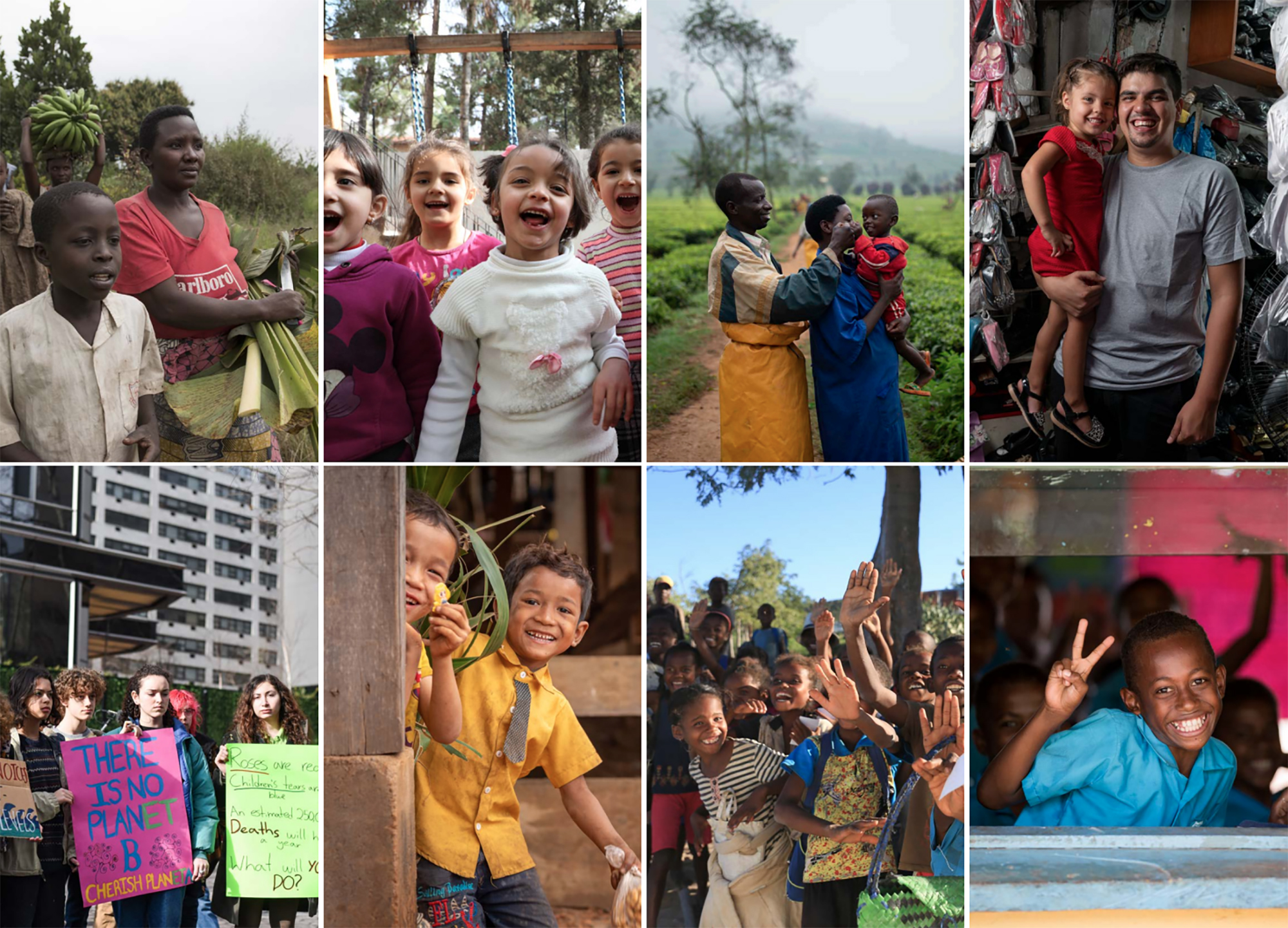Better business for children
children’s rights and business principles
The Children’s rights and Business Principles were developed by UNICEF, UN Global Compact and Save the Children in 2012. These 10 principles guide companies on the full range of actions they can take to respect and support children’s rights – in the workplace, marketplace, as well as the environment and community.
Business activity has a profound impact on the rights of children, yet children are often left out of companies’ stakeholder engagement processes. In marking the 10th anniversary of the Children’s Rights and Business Principles, UNICEF Norway, Denmark, Sweden and Finland have each hosted roundtable sessions along with a few of our respective corporate parners.

how does a company’s operation affect children’s lives?
The responsibility of business towards children has often focused on preventing or eliminating child labour. Whilst this is of tremendous importance, there are many other direct and indirect ways in which children’s rights and business practices intersect.
Children are, in fact, key stakeholders of business – as consumers, family members of employees, young workers, and as future employees and business leaders. At the same time, children are key members of the communities and environments in which business operates.
UNICEF encourages businesses across all sectors to integrate a child rights lens into core business activity.
child rights and business in norway
On 16 January this year, UNICEF Norway hosted a virtual roundtable for Nordic businesses, along with partner Norsk Hydro, on the topic of integrating children's rights in stakeholder engagement processes – the fourth and final roundtable in a series marking the aforementioned anniversary.
18 participants from 10 leading Nordic companies attended the event, to help share their best practice and challenges, as well as learning and finding new solutions to strengthen children’s rights.
Download the discussion briefs from the roundtable sessions in
- Norway: Involving children and children’s rights in business (pdf)
- Sweden: A child rights lens to just transitions (pdf)
- Denmark: Children’s rights in the digital environment
- Finland: Creating positive futures for children through diversity and inclusion (pdf)
Download the Children’s rights and business principles (pdf).
tools and resources
UNICEF has developed a set of tools through a consultative process with businesses and a wider range of experts and stakeholders. These tools support companies in integrating children’s rights considerations into their policies and processes.

children’s rights in impact assessments (pdf)
Learn how your business can assess your policies and processes as they relate to your responsibility to respect children’s rights.

children’s rights in policies and codes of conduct (PDF)
Learn how your business can incorporate children’s rights into your policies and codes of conduct.

engaging stakeholders on children’s rights (PDF)
Learn how your business can engage stakeholders on children's rights as part of both corporate and site leveles.

children’s rights in sustainability reporting (pdf)
Learn how your business can report and communicate on how you are respecting and supporting children’s rights through your workplace, marketplace, and community.

child safeguarding toolkit for business (pdf)
Learn how your business can identify, assess, and address risks to children you interact with.

Discussion paper: operation-level grievance mechanisms fit for children (pdf)
Learn how businesses can help children raise grievances effectively when children’s rights have been infringed.

children and digital marketing –
industry toolkit (pdf)
Make sure that your business secures children’s rights in the digital domain.

Charting the course: embedding children’s rights in responsible business conduct (pdf)
A report published in 2022 reviewing progress and looking ahead on embedding children‚s rights in responsible and sustainable business conduct.
specific tools for investors
Available tools on how to integrate children’s rights into Environmental, Social and Governance (ESG) analysis.

Investor guidance on integrating children’s rights into investment decision making (pdf)
A tool designed to guide investors how to mitigate risks and identify opportunities that advance children’s rights while generating both societal and upside financial benefits.

Tool for investors on integrating children’s rights into ESG assessment (pdf)
A tool hdesigned to guide investors and builds on the 2019 Investor Guidance on Integrating Children’s Rights into Investment Decision Making.


